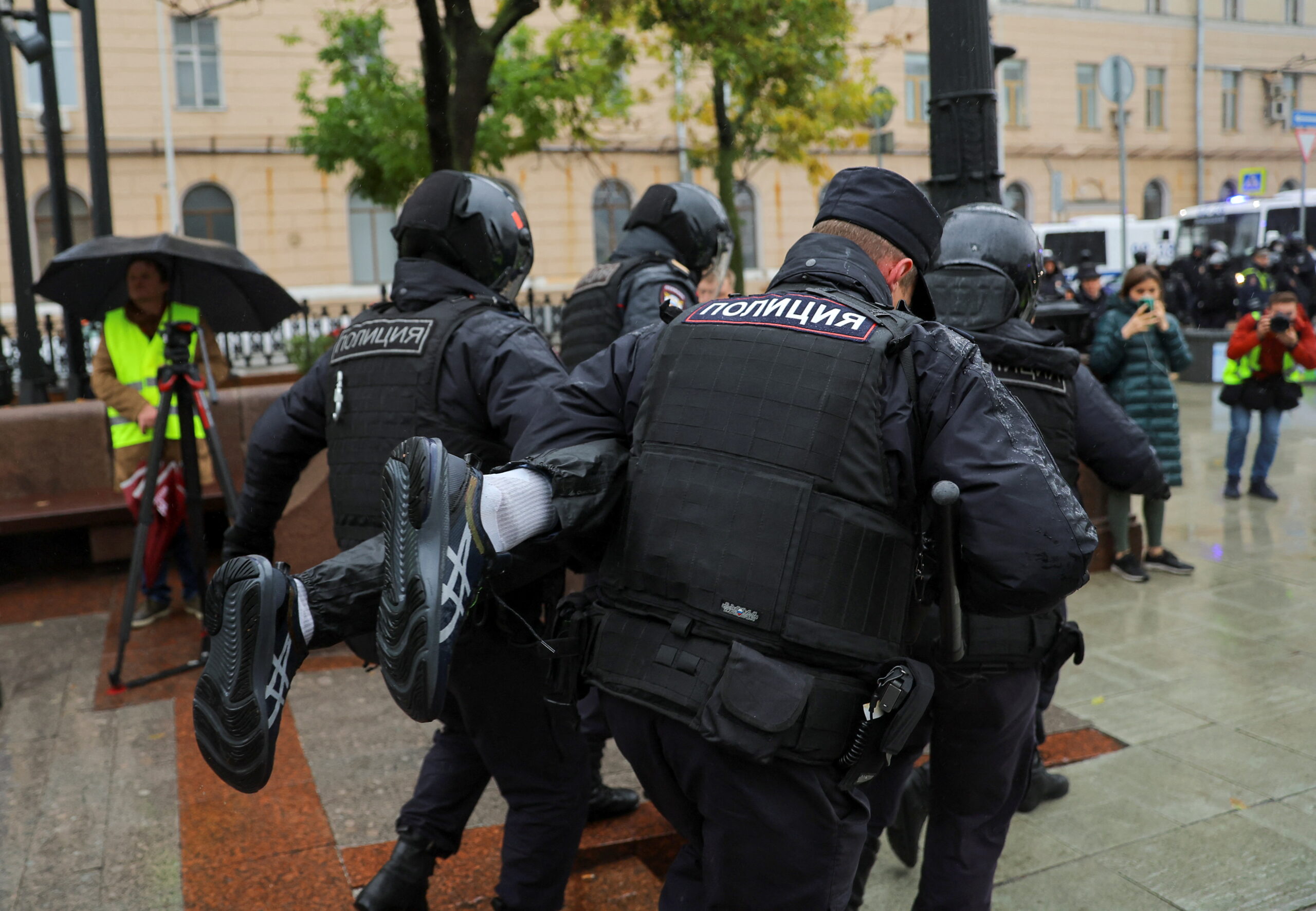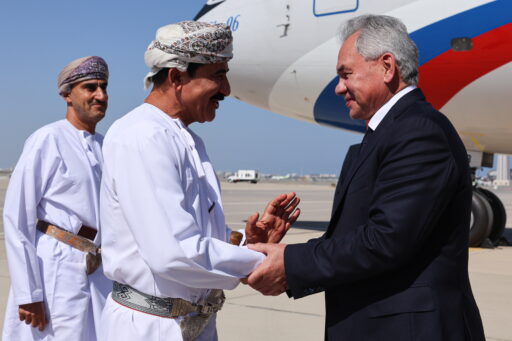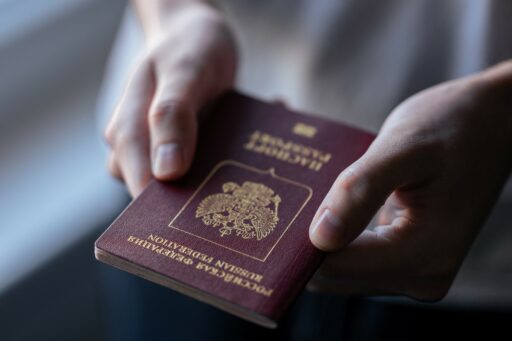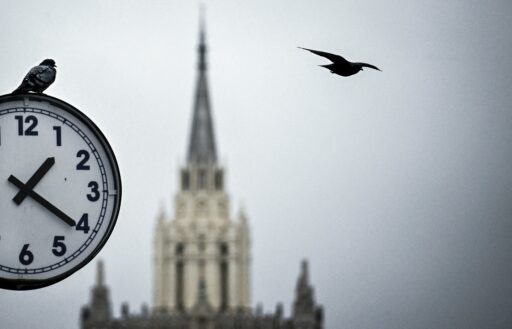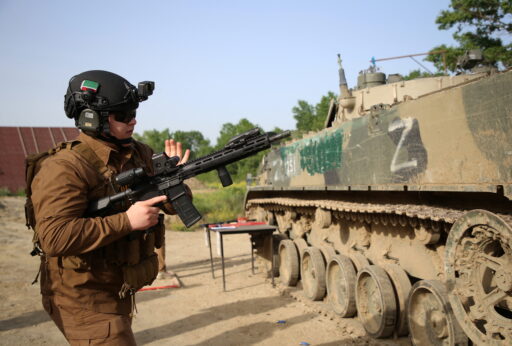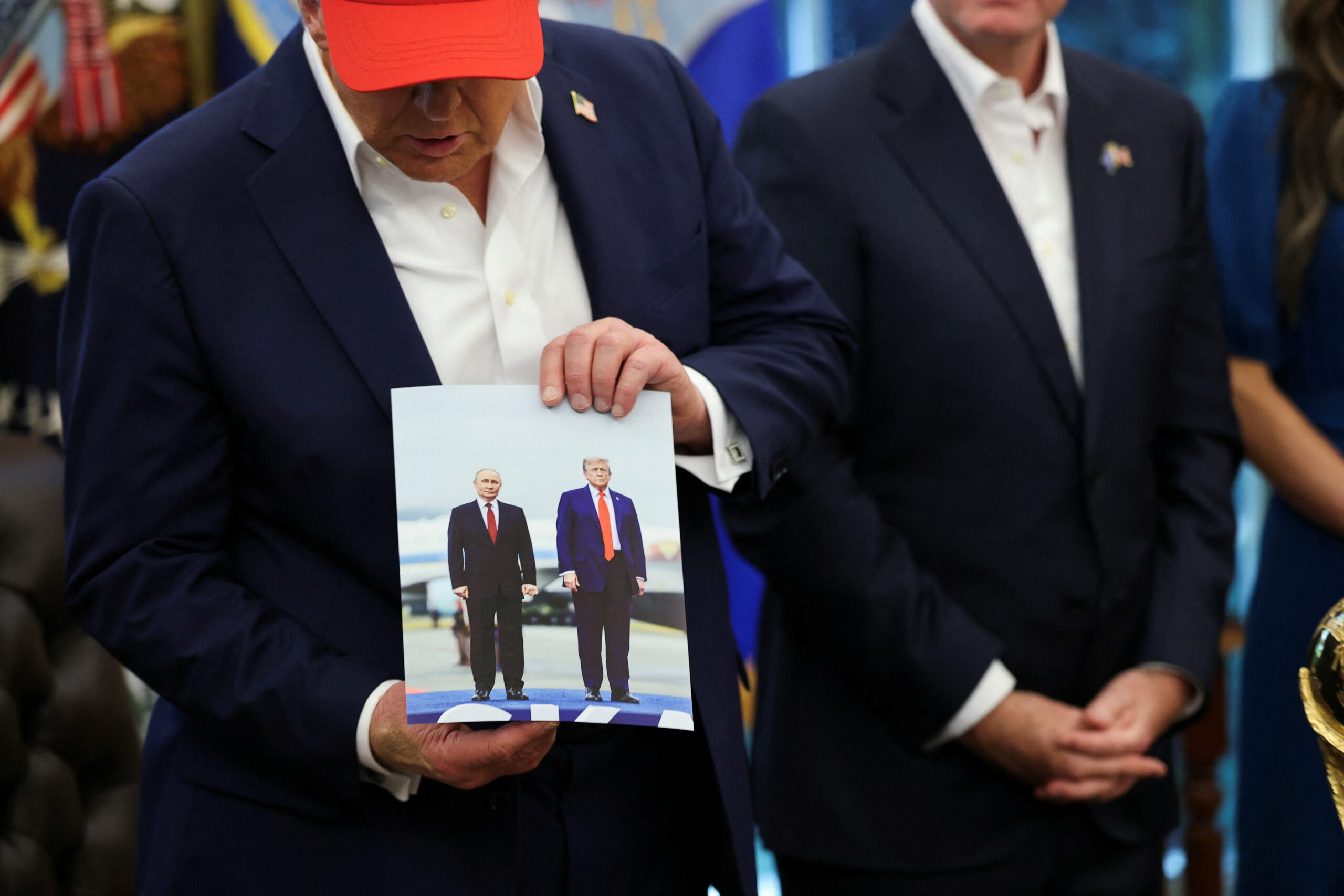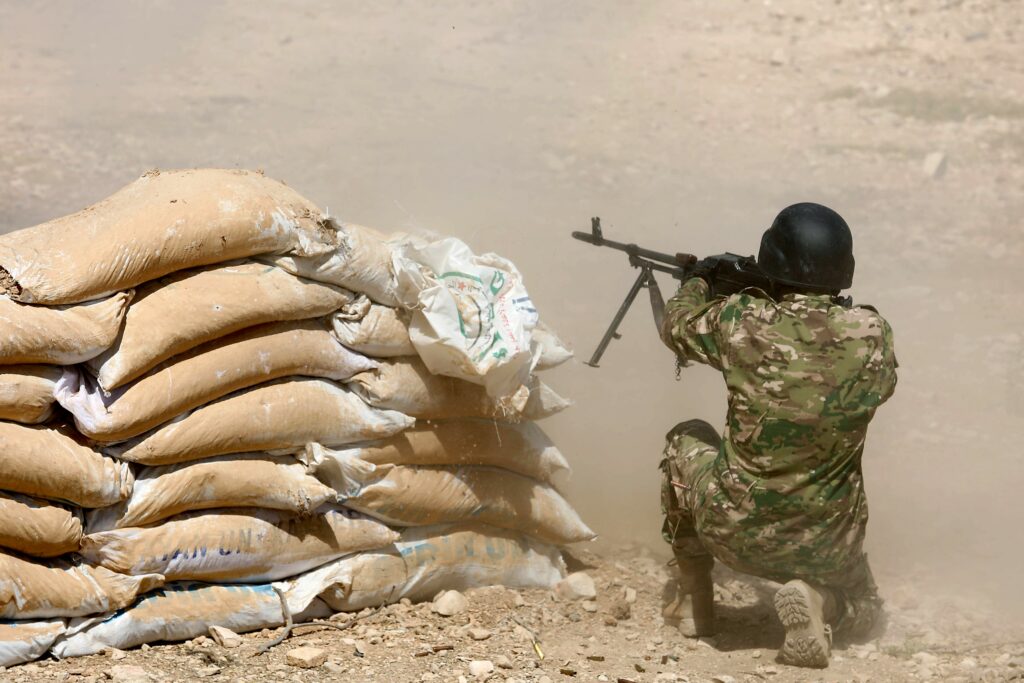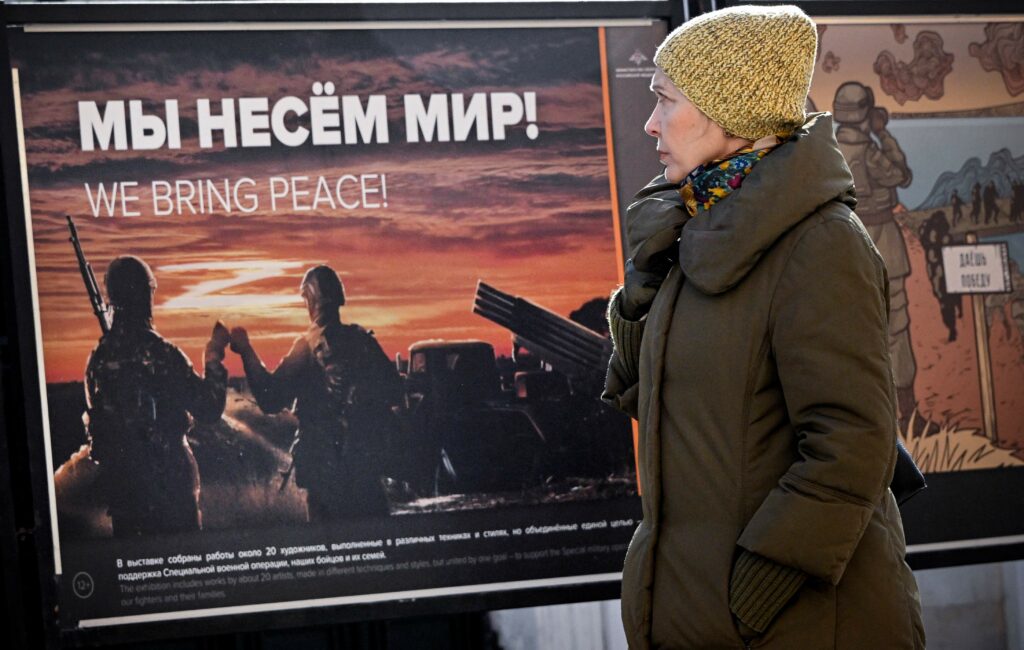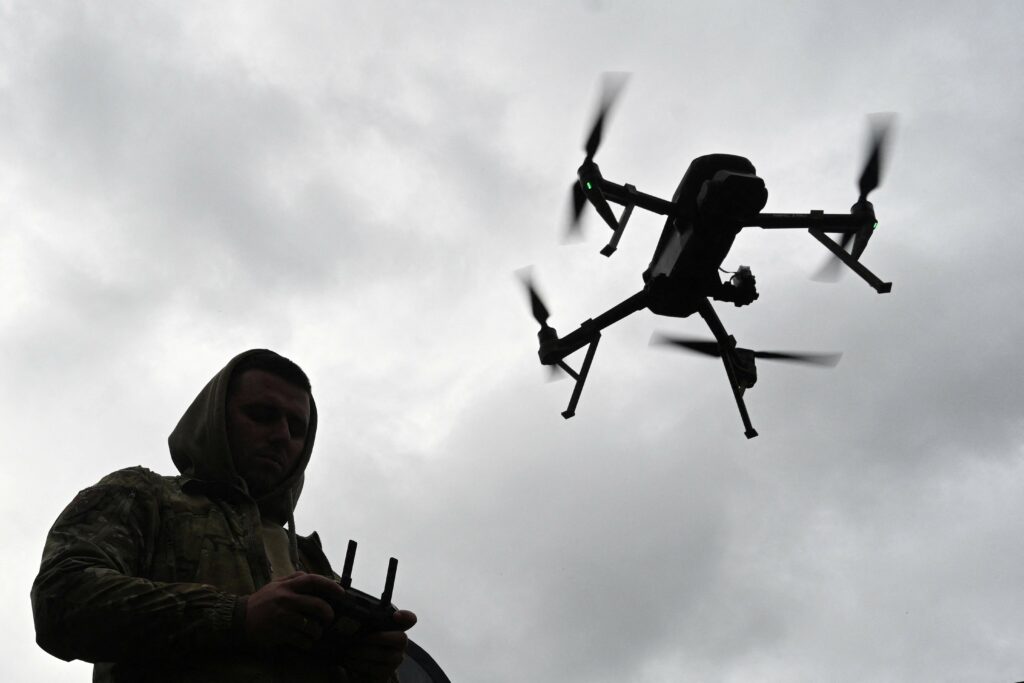Firstly, it’s important to approach public opinion measurements in Russia with a healthy dose of caution. Numerous observers have spent considerable time writing critical analyses of the methodology and framing of surveys in Russia. These surveys, of course, provide a picture of what most Russians perceive to be the politically expedient answer to the questions they are asked, but overinterpreting the responses can be dangerous. One problem is that researchers tend to create erroneously coherent groups based on the answers given and then assume that these groups (an example might be «loyal xenophobes») have an enduring reality beyond the snapshot timeframe of the administered survey. Even VTSIOM, the sociological body closest to the Russian state, admits that only a small minority of people polled believe their participation in surveys allows them to express their opinions. This figure is 22%. Moreover, only 18% of people believe that the authorities are interested in their opinions. This has significant implications for how seriously we should treat surveys as a reliable barometer of public sentiment.
Furthermore, a meta-level of reflection is needed: how do political decision-makers actually parse such data? We know that significant resources are devoted to measuring social sentiment. Sociologists’ reports are used directly by the Presidential Administration and indirectly, with some findings reported to the Security Council. These studies are more or less professionally conducted, but their framing of issues in terms of «consent» rather than «preference» is the same as that of more independent agents like Levada. In short, genuine open opinion (and a wider consideration of social desires) is not sought because such surveys are not designed to find it. Rather, the pollster and their clients, whether they admit it to themselves or not, are measuring a phantom: they substitute a narrow portion of society willing to respond to what they know are sometimes regime agents «in disguise» for «real» (and quite complicated) society, and these respondents performatively give the correct answer. Some former sociological fieldworkers in Russia can attest to this firsthand. At best, such reports can indirectly express a «tearful request«—for example, that the economic or human costs of war are high.
This more parsimonious intellectual approach to surveys should inform the question: how does public opinion affect decision-making? The answer is something like, «not at all.» This stems from the observation that regime insiders do not operate with a serious conception of public opinion in the first place. People sometimes say that the hawkish security elite «memed» itself into war because it started believing some of the most simplistic and even outrageous ideas about Ukraine its own propaganda industries were creating—that there was a coup-ready anti-Zelensky constituency, that Russian speakers were genuinely in danger, that British biolabs and CIA puppet-masters were real. Some of these views are more or less genuinely held by the most powerful people in Russia. Why, then, would they have a sober and sociologically informed opinion about Russian values and preferences? It isn’t even a case of them being out of touch with Russian reality—though that is undoubtedly true (for example, witness even staged events where Putin has to deal with banknotes). It’s more that many of these people do not operate with a theory of mind when it comes to less privileged Russians. So often, the imputed mental states of average Russians are understood as requiring only the most basic intentions and emotions. One has only to turn on Russian TV to have this assumption confirmed. It is worth reiterating that if some of the best and brightest liberal minds have a less-than-charitable view of most Russians as reactionary dupes, then why would we assume less elitist ideas among—you know—the actual elite?
Basic observation also tells us that regime security is primarily about meeting immediate physical and ideational requirements, with much less attention paid to what might be called genuine legitimacy and enduring legacy. Hence the resort to ever-increasing isolation, both in terms of «bunkerism“—a widely discussed idea, even among supporters, about Putin’s physical and intellectual isolation from most government ministers—and wafer-thin ideological incantation. When a person is subject to the conspiratorial monologues of people like Nikolai Patrushev on a day-to-day basis, even considering the public as something more than a bovine mass is hardly possible. If they could be chipped by Bill Gates, then they can be chipped by the Russian state. The same lack of foresight is true of how «ideology» is developed and deployed.
As scholars like Marlene Laruelle show, there’s hardly any coherence, even within the same speech, to any sense of Putinism. Indeed, Putin has never even bothered to be consistent in his views about Ukrainians’ status in relation to their northeastern neighbors. Are they one of three East Slavic nations in religious and cultural communion (a «triune»)? Are they a «brotherly people»? Are they inhabitants of a regional «outskirts» encompassed by Russianness? Are they the hapless inhabitants of rightful imperial Russian territory? Or are they a distinct ethnic group to be forcibly assimilated because their existence offends the geopolitical sensibilities of a resurgent imperial power? From July 2021, Ukrainians and Russians became, according to Putin, «One People,» an escalation in rhetoric that many now interpret as a prelude to the invasion of 2022. Researchers like Pål Kolstø, who carefully track «Putinist» chauvinist ideology, reflect that it relies on «muddled thinking» and «incompatible assertions» implying all the above categories.
Once again, we should not be surprised if Russians with little interest in geopolitics feel confused about what the «Special Military Operation» is actually for. The name itself is designed to obfuscate. People can hardly be expected to have a coherent or consistent attitude about the war that can then be adequately captured by pollsters. What was much more telling was the immediate response to the first mobilization wave in autumn 2022. I was «fortunate» to be in the midst of fieldwork the day it was announced, and judging from my own conversations with angry and fearful interlocutors, I can well imagine the rapid realization within the Kremlin of the unforced and entirely predictable basic political error they had made. The backtrack took less than a month—a lightning-fast decision by Russian standards.
Material interests, unsurprisingly, spoke far more clearly and forcefully than values, orientations, or geopolitical preferences. This expression needed no calibration by sociologists. More people than ever planned to leave the country, commit arson and disobedience to avoid enlistment, or disappear into the white spaces on the Russian state’s bureaucratic map. And these, mind you, were supposed to be the apolitical and pliant mass whom both elites and liberal oppositionists assumed were hardly capable of reactive measures. Perhaps it was the specter of sustained protest in ethnic republics, more than the less visible opposition in Russian cities, that prompted the U-turn. We will probably never find out.
What we can do is combine the more qualitative sources at our disposal with the better survey data to consider what might be the political and social ramifications of a second mobilization wave if the conflict stretches into 2026. At present, the resort to further mobilization seems unlikely because so many men are volunteering in anticipation that they can reap the financial rewards of the sign-on bonus just before a ceasefire is signed. But this seems like a fool’s gamble. «Survivorship bias» has also literally contributed to the numbers signing up, as they hear stories from veterans that it’s possible to spin gold from the war without spilling their own blood. The rising expectations of a ceasefire by Russian citizens who hold very different views about the war can only translate into more headaches for the authorities in the more likely scenario—the status quo. At the moment, it seems that many in Russia have unrealistic expectations that Putin will extract real concessions and therefore be satisfied enough to agree to a peace of sorts.
Let’s assume that doesn’t happen. This will produce a political and social response much like the one I observed in autumn 2022, except that this time it will occur after three years of war, not just a few months. In the interim, the majority of Russians have not shared the benefits that have accrued to the minority who work in armaments, who already held wealth, or the families of volunteer soldiers who benefited from once-in-a-lifetime windfalls. What they have «shared» is the experience of inflation outpacing incomes, unprecedentedly affecting the core «survival» basket of staples such as potatoes, some meats, eggs, and especially fruits like apples and oranges. Rents have increased by 30% in just a year. Services and medicines are also affected by double-digit inflation. It is often argued that state workers are protected to some degree by indexation of benefits and salaries, but this is simply not true.
The material cost of war is borne by the majority in Russia, who are the working poor. Here, we must clarify: there are around 18 million «very poor» people in Russia—a figure 50% higher than government estimates. These are people whose real incomes are near or below the minimum income needed to barely survive physically. They include many teachers and nurses, many of whom already earned only a few dollars more than janitors and less than supermarket checkout cashiers. However, the «working poor”—essentially the next level up—also include factory workers and even engineers and technical specialists outside the military-industrial complex. These are the 30% of the population who earn less than $ 700 a month. If we add the extreme and absolute poverty groups (29 million people or 20%) to this group, we arrive at the statement: «the majority in Russia are working poor.» Rather than the statistical definition (relating to the median), the working poor in Russia are the median—people in this category (who earn between $ 500 and $ 800) cannot save much, nor can they easily pay for expensive goods or services out of their «working capital.» These are people for whom a broken washing machine is a financial calamity. These are people locked into expensive loans for small consumer items that middle-class people take for granted.
Sticking with our blue-collar workers, some did see wage increases of 50% over the course of the war so far, but from a very low base. Inflation took away a large part of any increase, and many of my blue-collar interlocutors report being forced to work «voluntary» overtime because of labor shortages. Once again, thinking with their wallets «materially,» they are well able to critique the argument from Western economists about a rise in reported well-being. One worker in an oil refinery reported that while his income had risen from around 60,000 rubles to 100,000 rubles since the war started, inflation meant that «100» is just the new «50» from a decade ago, and his household was «running to stand still.» He felt worse off in real terms, not least because he was forced to work many more hours for the same salary in worsening conditions and in an atmosphere where there is a shortage of staff and, therefore, an increased risk of workplace injury.
We cannot disconnect this economic distress from the topic of secondary mobilization. After all, it is precisely these «vulnerable» blue-collar workers who would be the target, just as they were in 2022. Unlike the white-collar, metropolitan middle class, blue-collar workers are much less likely to have deferments from army service. Thirdly, 2025−2026 will see increasing disinvestment in state provision for education and healthcare, once again something that disproportionately affects this working-poor majority. A «disappointment» in terms of a continued conflict rather than the expected peace is hard to quantify in terms of social strife. Wartime labor discipline is real, not least because of correctly placed fears of being victimized under the broad powers granted to the courts. However, we should not assume people will just continue to accept these multifaceted degradations to their living conditions. If people cannot vote or strike, then they find «infrapolitical» ways to connect with similarly disgruntled people and offer indirect resistance or «exit» from the unwelcome situation.
It would be foolish to try to predict the socio-political consequences of the war «at home» in Russia if it extended into 2026 and required involuntary mobilization. But one cannot discount unlikely alliances, contagion of contention, or the emergence of «populist» defectors from within the unstable regime constellations—many of which are largely unhappy with the war. This was true of the Prigozhin «mutiny.» While it requires a populist figure to rally around, it’s likely that the circumstances of the war itself are already producing numerous such figures. Even short of such a repeat spectacular breakdown in regime coordination, those events from June 2023 laid bare the disjunctures within the Russian state and among elites, and the potential for «politics from below» to gain traction from unlikely sources and then follow a logic of its own. As one of my interlocutors in the «local» Lipetsk state said at the time: «Among all the panic, it showed who really was prepared to step up and take decisions» (like those who dug up the highway towards Moscow). Sources of authority and agency are not predictable in a crisis.
Can the Russian regime maintain war efforts for an additional 12−18 months without triggering significant popular unrest? Quite possibly, given the resources poured into the security structures. However, it is the continuation of austerity politics and the absence of a popular program for prosperity and decent work after a peace that may ignite, if not a powder keg, then some significant political fireworks.
